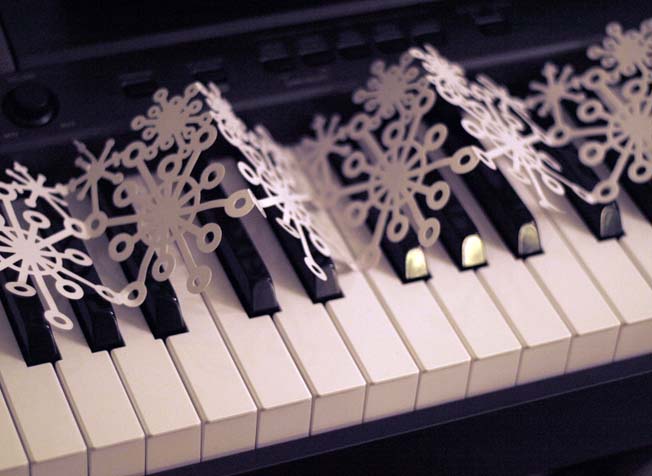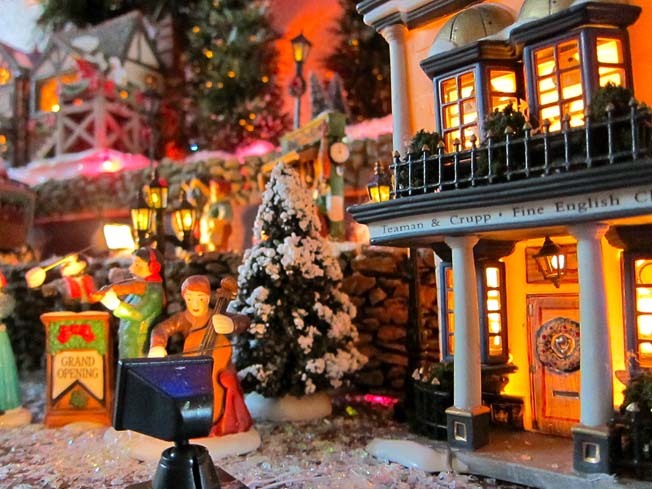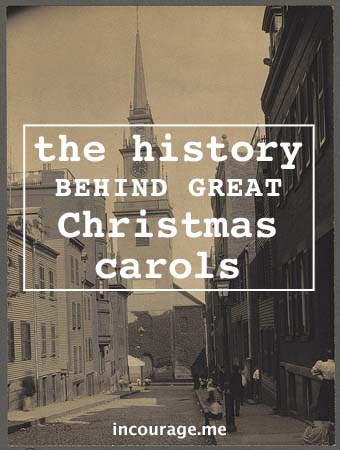
A few months ago, I wrote about some of the most-loved hymns in Church history and the back stories that made them the classics they remain today. I thought it’d be fun to do the same with a few Christmas carols this month.
9th century
1. O Come, O Come Emmanuel
The original writer of this haunting hymn remains unknown, but the most widely acknowledged guess is a simple monk or nun. In the early 19th century, an Anglican priest named John Mason Neale was reading an ancient book of poetry and hymns and dusted off this unknown Latin poem, which was complete with music accompaniment.
Neale knew 20 languages, including Latin, and was able to translate this song into English. He lived in the Madeira islands near Africa, where he had established an orphanage, a school for girls, and a ministry to reclaim prostitutes. Neale first played this hymn for the people he served, thought to be the lowest of society. The hymn has remained in popular rotation ever since.
O Come, O Come Emmanuel by The Civil Wars
1719
2. Joy to the World
At this point in history, most songs sung in European church services were the Psalms in the Old Testament. Though Isaac Watts loved the Bible, he felt that these songs felt “unnatural” to sing in their modern-day English translations.
After one Sunday service, 15-year-old Isaac complained about “the atrocious worship.” One of the deacons challenged him with, “Give us something better, young man.” He went home and penned his first hymn, and the love of hymn-writing stuck with him the rest of his life.
In 1719, his book “Psalms of David Imitated” was published, not as a new paraphrase of David, but as an imitation of him in New Testament language. Watts’ perspective was the Psalms bursting forth in their complete fulfillment. Joy to the World is the “imitation” of the last half of Psalm 98.
Watts transformed the old Jewish psalm of praise for historic deliverance into a song of rejoicing for the salvation of God that began when the Jesus came “to make his blessing flow far as the curse is found.”
Music is from George Frederick Handel, and some scholars say it resembles his greatest work, Messiah.
Joy to the World by Sufjan Stevens
1739
3. Hark! The Herald Angels Sing
Charles Wesley originally wrote this poem to be recited on Christmas Day, but it wasn’t the version we know today. The original was ten four-line verses, and instead of singing “Glory to the newborn King,” the line was, “Glory to the King of kings.”
That line was changed by George Whitfield, a student of Wesley’s, and he was also the one who eliminated the verses we no longer sing and who made the ones we do sing longer. (The line change to “newborn King” from “King of kings” was a controversial statement at the time; the former claims that the angels praised God the Father when Jesus was born, the latter claims Jesus himself was praised. This caused a riff between the men.)
Nonetheless, this hymn remains one of the most theologically rich carols we still sing, and music was later added by Felix Mendelssohn.
Hark! The Herald Angels Sing by Amy Grant

1818
4. Silent Night
Josef Mohr was the pastor of the Church of St. Nicholas at Oberndorf, a village near Salzburg, Austria. After an evening Christmas program on the 23rd, Mohr took a longer way home that took him up over a hill overlooking the village.
Reveling in the silence of the wintry night, the Christmas play he had just seen made him remember a poem he had written a couple of years before, and decided those words might make a good carol for his congregation the following evening at their Christmas Eve service. The next day, he went to see the church organist, Franz Gruber, who had only a few hours to come up with a melody for a guitar.
On Christmas Eve, the little Oberndorf congregation heard Gruber and Mohr play their new composition. The carol spread across northern Europe, and in 1834, singers performed Silent Night for King Frederick William IV of Prussia, who then ordered his cathedral choir to sing it every Christmas Eve.
Twenty years after “Silent Night” was written, the song was brought to the United States, in New York City’s Trinity Church. Silent Night is now sung in more than 300 different languages around the world.
Silent Night by Sarah McLachlan
1847
5. O Holy Night
A parish priest in a small French town commissioned a local poet and wine commissionaire, Placide Cappeau de Roquemaure, to write a poem for the village’s Christmas Eve mass. Cappeau read through the birth of Christ in the gospel of Luke en route to Paris, and finished the poem O Holy Night by the time he reached the city.
Cappeau turned to his friend, Adolphe Charles Adams, to compose the music to the poem, and three weeks later, the song was sung in the village on Christmas Eve. Initially, Cantique de Noel (the song’s French name) was widely loved by the Church in France, but when leaders learned that Cappeau was a socialist and Adams a Jew, the song was uniformly denounced as unfit for church services. But the common French people loved it so much, they continued to sing it.
The song came to the U.S. via John Sullival Dwight, an abolitionist during the Civil War. Moved by the line in the third verse, “Chains shall he break, for the slave is our brother, and in His Name all oppression shall cease,” he published it in his magazine and quickly found favor in the north during the war.
Even though it was banned in France, the song was still popular among the people. On Christmas Eve in 1871, in the midst of fierce fighting between France and Germany during the Franco-Prussian War, a unarmed French soldier jumped out of the trenches, walked into the battlefield, and started singing, “Minuit, Chretiens, c’est l’heure solennelle ou L’Homme Dieu descendit jusqu’a nous,” the song’s first line in French.
After singing all three verses, a German solider emerged and started singing, “Vom Himmel noch, da komm’ ich her. Ich bring’ euch gute neue Mar, Der guten Mar bring’ ich so viel, Davon ich sing’n und sagen will,” the beginning of a popular hymn by Martin Luther.
Fighting stopped for the next 24 hours in honor of Christmas Day. Soon after, the French Church re-embraced O Holy Night.

Last year I created three different Christmas playlists on Spotify—instrumental, dinner party, and reflective. Add them to your repertoire if you need some good background music this month!
There are hundreds of other beloved Christmas hymns—which one is your favorite?